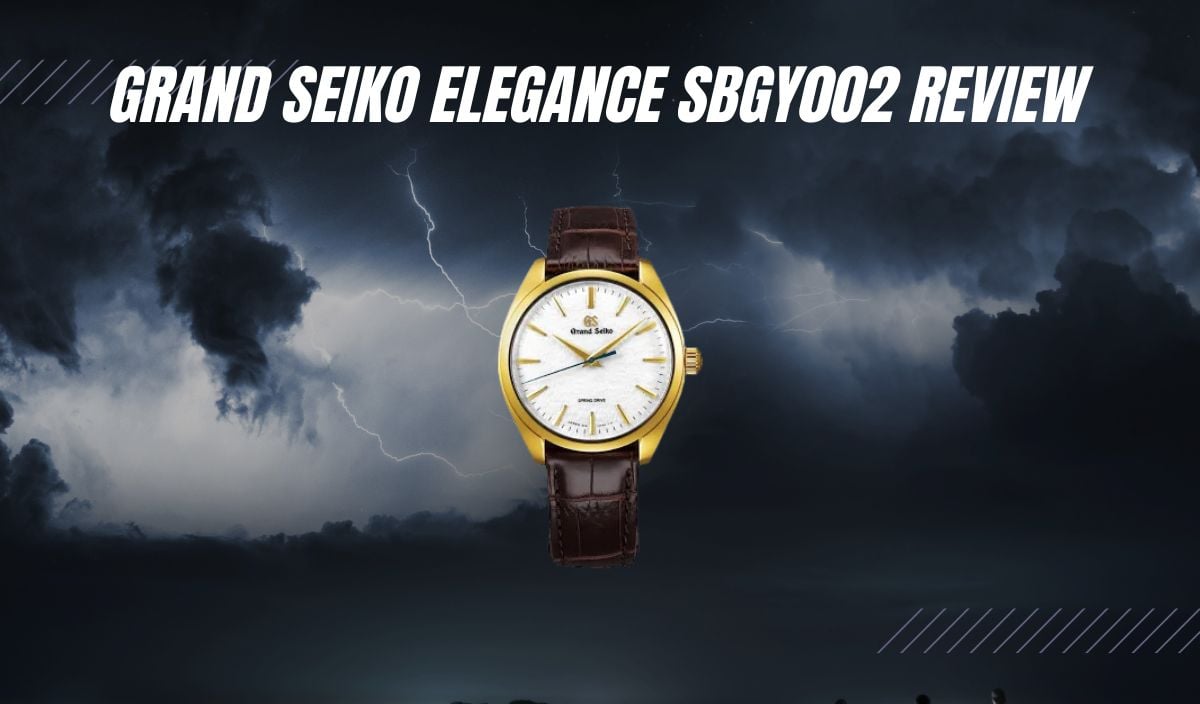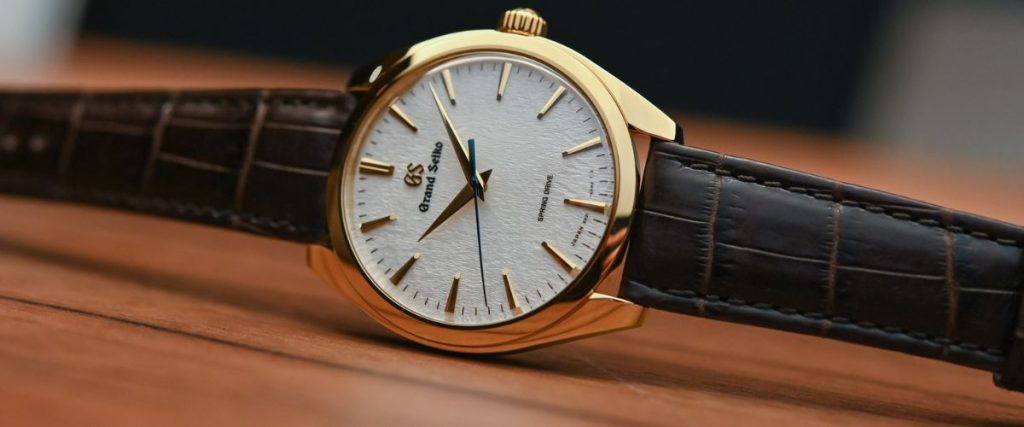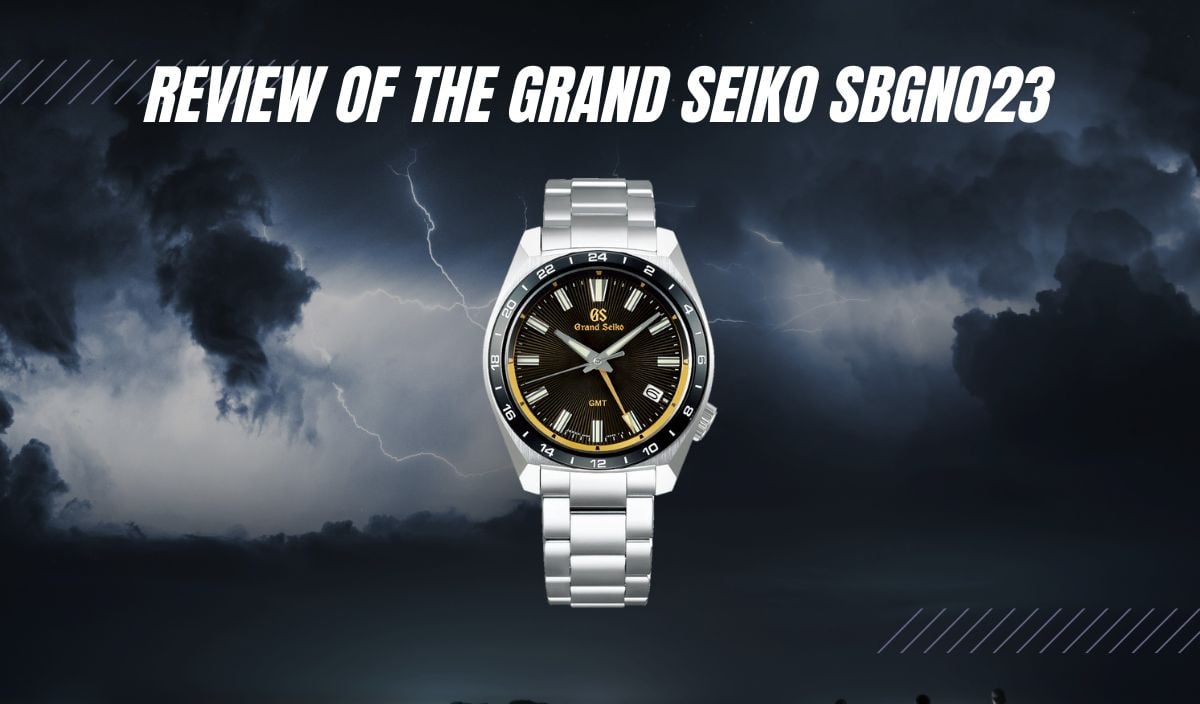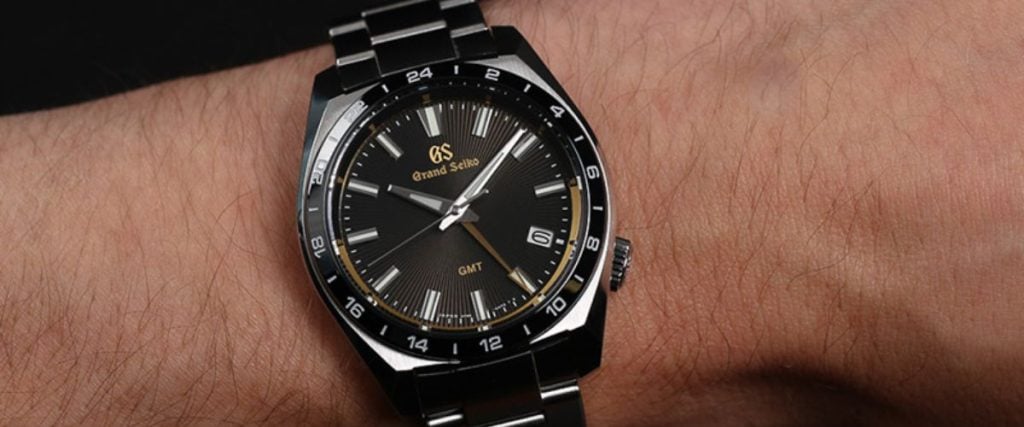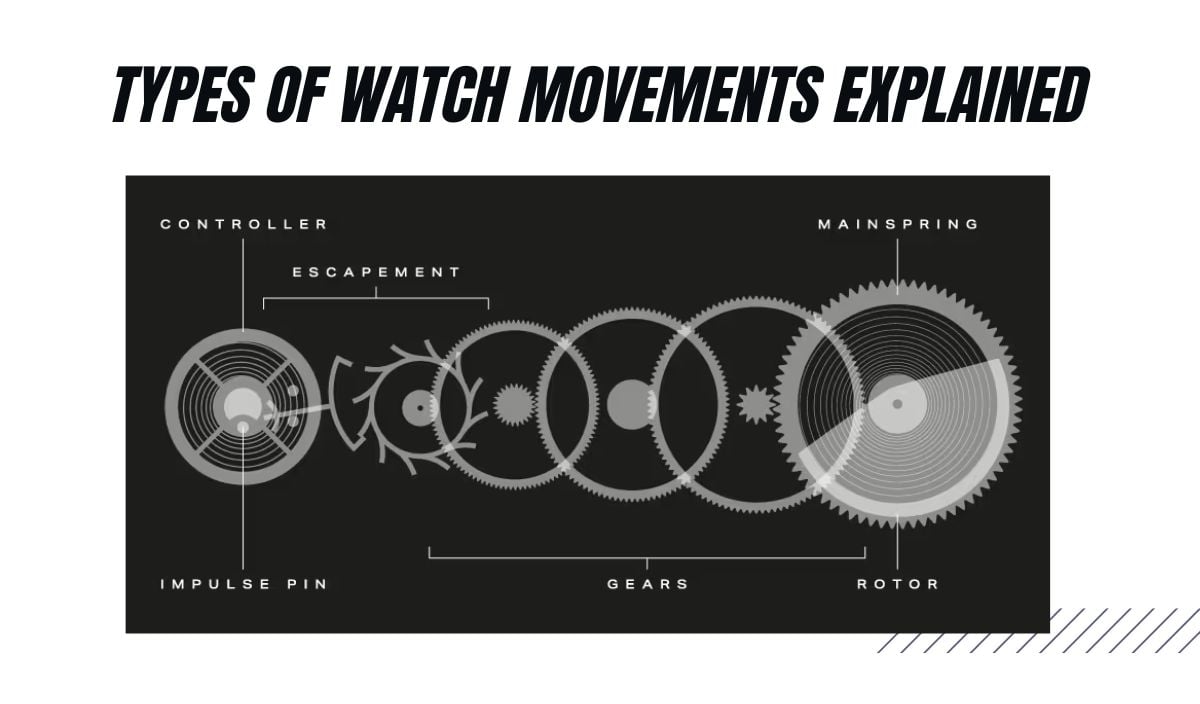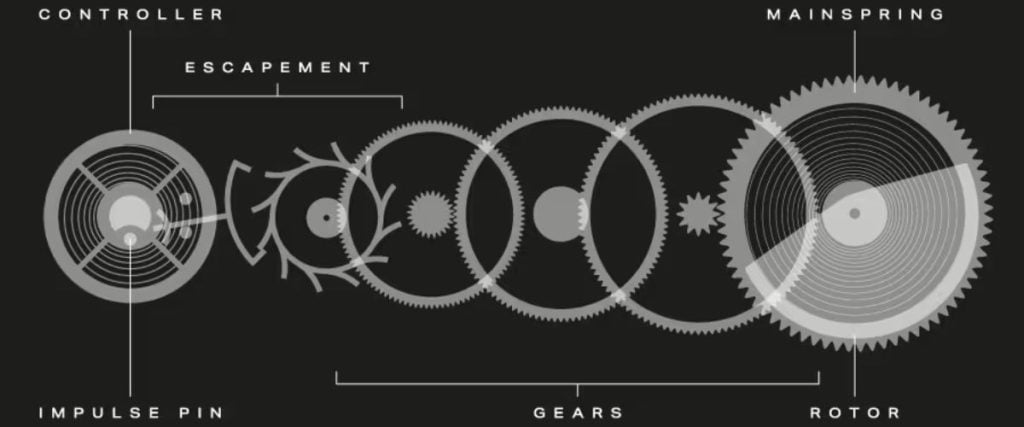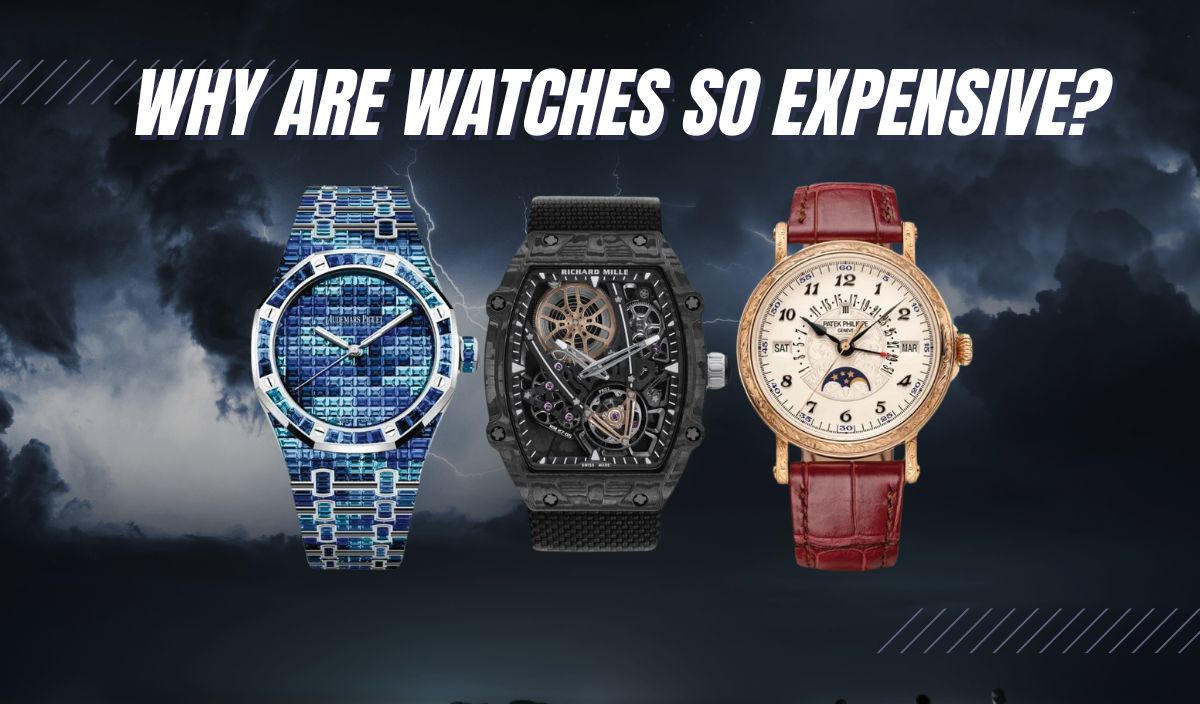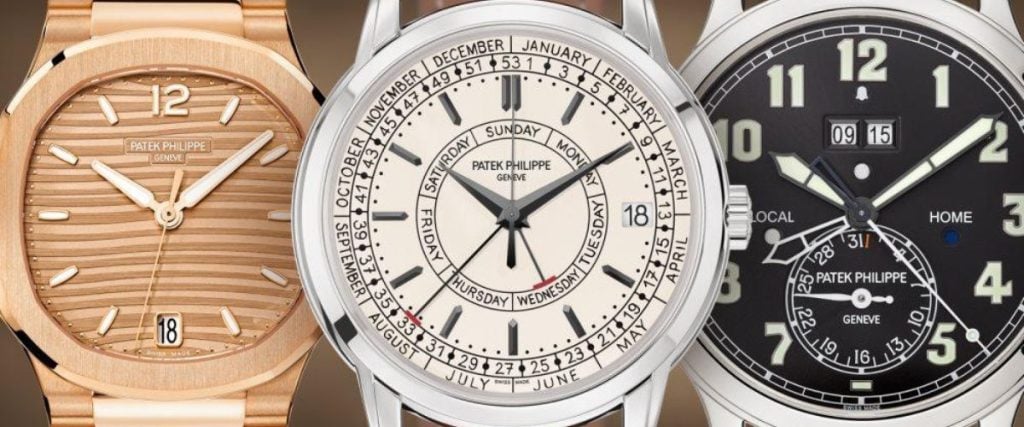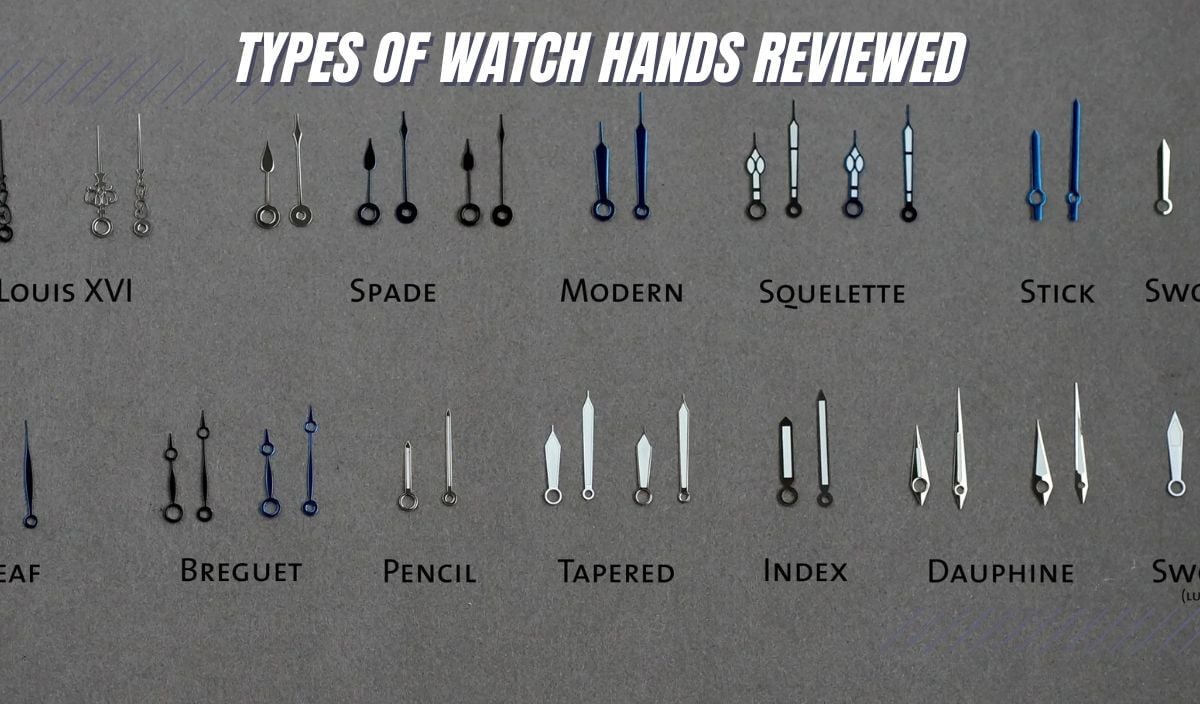
When you go for an interview, making a good first impression is paramount. Match those shoes with your belt, and, for goodness sake, pick a tasteful tie! Whether you get the job or not, that initial outfit matters. It needs to tell the workplace that you take pride in your appearance and that the job really matters to you. Your interview attire will speak for you, a little like how the dial of a watch gives you an initial glimpse into the manufacturer, the style, and the purpose of the timepiece.
Styles of Hands and Their Importance
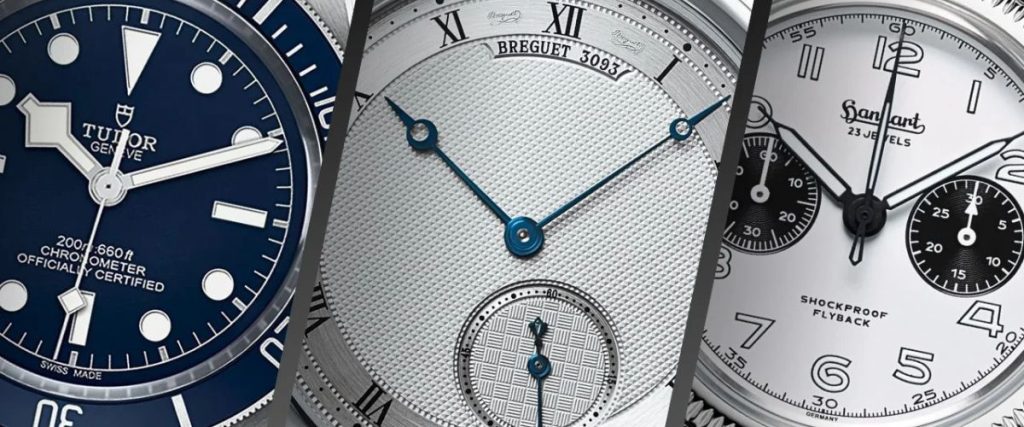
The hands on a watch play a huge role in providing a window to the soul of the watch and the message behind it. And the vast array of styles you’re likely to stumble upon when exploring this avenue sure does make timekeeping more diverse and interesting!
Essentially, all watch hands have the same job. They should be able to point to the hours, minutes, and (sometimes) the seconds clearly on display and should convey the essence of that timepiece, both in style and character.
In this guide to 11 of the most popular dial hands, we’ll look at the secrets behind each design and which brands are most recognized for a specific style. Let’s kick things off with the most common of all.
Baton Hands

When I think of the classic baton hand, it automatically conjures images of iconic sports watches of the 1970s. That’s not to say that watchmakers aren’t using baton hands in luxury watches today (they certainly are!). But many brands adopted the baton hand when creating the sports-luxe watch, including those like the Patek Philippe Nautilus and the Rolex Day-Date – both grail watches, by the way! Even the Genta-designed Royal Oak promoted the baton handset.
Could we accuse Gerald Genta of being rather unadventurous when we look at his baton-bearing accomplishments? Maybe. But you could also say the batons were a complete stroke of genius. They looked unapologetically simple on the dial and allowed for the polygonal machine-like features of his greatest sports watch to truly shine.
Baton hands are characterized by their elongated, rectangular profile, which is often featured in dress watches. I happen to really like the baton hand design. It’s not trying to be anything it isn’t. It’s a no-frills type of hand that will make itself at home in any style of watch, be it chronographs, pilot’s watches, or GMTs.
Sometimes, the hands are flat; sometimes, they are bluntly rounded at the tip. Either way, I think they look great on utilitarian tool watches like the Bell & Ross BR 05 – a watch that is instantly recognizable for its famous circle-within-a-square profile.
Sword Hands

What I like about the sword-shaped hand is its ability to dress a watch up or down, depending on the design in question. If I were to ask you what makes a dress watch look so dressy, you may struggle to identify any one element in particular.
But the central bridge that runs along the middle of a set of sword hands can catch the sun beautifully, adding shards of light across a display and enhancing a refined aesthetic. Take it away from the dress watch, and suddenly, the timepiece loses its classic, understated charm.
Sword hands are very popular and versatile. Defined by straight sides and a triangular, tapering tip reminiscent of a sword’s blade, they have been around since the 20th century and can be long and slim or short and wide in character.
One of the most popular collectibles of all time is the Cartier Tank, with its signature blued steel sword-shaped hands that glide across a traditional Roman numeral display. In many cases, Cartier experts combine the sword handset with a striking blue cabochon spinel on the top of the crown.
Whether you’re exploring the Tank collection, the Santos de Cartier line, or the effortlessly elegant bubble-shaped Ballon de Bleu watch, you’ll recognize the sword-shaped hands as a strong character element within some of Cartier’s greatest designs.
Dauphine Hands

You may instantly associate Grand Seiko with its exquisite Zaratsu case polishing techniques or its entrancing hand-executed dials. Both are equally impressive, so I wouldn’t blame you. However, around 80% of the company’s watches also feature the dauphine hand, rather than the laser-cut hands we often associate with GS timepieces.
Grand Seiko watches are characterized by blade-like bevels and perfectly finished case facets. These finishes create mirror-like distortion-free case angles and include the diamond-milled hand tips that you can see on designs from the Heritage collection.
It is thought that dauphine hands first began emerging during the 1940s, taking inspiration from the profile of a dolphin. They certainly share some of the elegance of the majestic marine mammal. The style comprises a tapered triangular or diamond tip. More often than not, you’ll see Grand Seiko refer to this dial element as a razor hand.
Quite frankly, trying to capture the beauty and refinement of the dauphine hands on a Grand Seiko watch through images will never serve them justice. You simply need some time with the watch and an opportunity to tilt the case under the light at just the right angle. When the light hits the faceted edges of a GS dauphine hand, that crisp reflection of light is second to none.
Leaf Hands
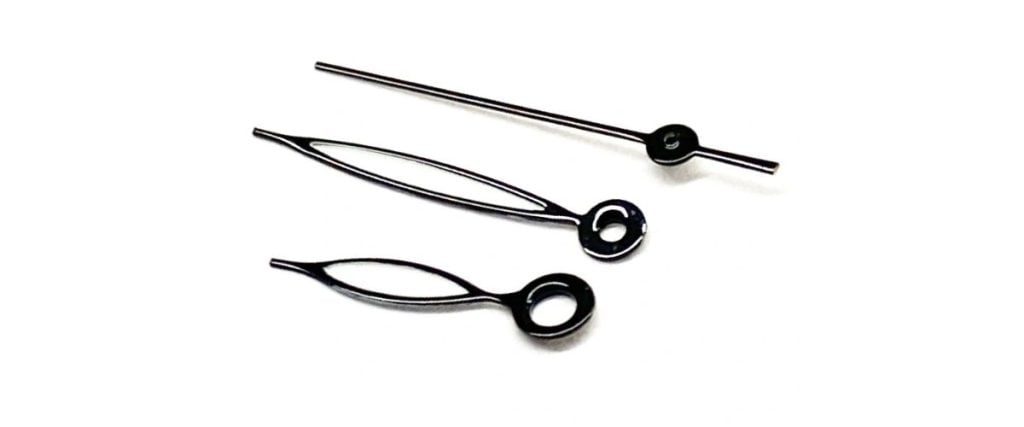
Leaf hands are often referred to as feuille hands and, as their name would suggest, call to mind the organic shape of a plant leaf. Their elegant, minimalist form lends a dial an air of subtle sophistication and formality, making them a particularly popular option for the common dress watch.
The shape of this style of dial hand takes on a wide middle with a gently tapering tip. Often, the shape is echoed in the hand of a small seconds subsidiary, too, or in the sub-counters of a chronograph dial.
Feuille hands and leaf hands are one of my favorite styles. There is something satisfyingly accurate about their slender, sloping frames. The point at the tip of the minute hand, for example, gives a very clear indication of the time, leaving little room for error.
Like Moser & Cie, which offers a range of designs showcasing the slender leaf-like hand, IWC Schaffhausen also uses the handset for some of its more refined timepieces. Take, for example, the Portofino watch.
IWC heavily draws inspiration from the relaxed way of life experienced in the Italian fishing village and features leaf-shaped dial hands, which gracefully sweep over several dial colors and arrangements. Some accompaniments to the leaf hand include power reserve indicators, small seconds sub-counters, moon phase complications, and the perpetual calendar.
Alpha Hands

The alpha hand was quite a prevalent design during the 1950s and 1960s. Although it slightly favored the dress watch, many other genres carried the style tastefully, including more casually styled timepieces on leather bands.
Rolex, IWC, Piaget, and A. Lange & Sohne have all used the alpha hand in their designs. The shape of this handset resembles the dauphine hand, albeit with a thinner neck and a longer tip.
The design is associated with the Greek letter “Alpha” and is also adopted by the manufacturer of the popular Tonda watch – Parmigiani Fleurier. Simple, understated, and pared-back, the alpha watch does its job of telling the time clearly and is one of the most versatile styles to find on the dial of a watch.
Sometimes, the alpha hand design can appear openworked on a dial. At other times, a brand may choose to treat the surface of the hands with luminous material and place them upon a skeletonized dial, as seen in the Schaumburg Glacier Hand Made watch.
Syringe Hands

Syringe watch hands are unmistakable. They feature a barrel-shaped body and a needle-sharp pointer that indicates the time of day with a sense of confidence and precision. The history of the syringe hand is uncertain, but earlier Omega watches of the 1940s feature the style.
Today, Patek Philippe is perhaps best known for its use of the syringe hand. Back in 2019, the prestigious manufacturer launched the reference 5172G, featuring a white gold case, a dramatic blue dial, and, upon it, a set of crisply carved syringe hands that stretched out to kiss a set of legible white Arabic numerals.
Quite literal in their nomenclature, they evoke the shape of a medical syringe but were frequently used in the design of the pilot’s watch. You’ll also see them in field watches, accompanied by a graduated minute track, and they have also been featured in the designs of German tool watch manufacturer Sinn.
Syringe hands, whether on a pilot watch, a Patek watch, or a field watch, give me classic yesteryear vibes and look like they’ve literally stepped off a vintage fighter jet. Luckily, the market for pilot’s watches and on-board instrument-inspired designs is still in high demand, so we’ll likely be seeing the syringe hand for many years to come.
Arrow Hands

Arrow hands are exactly what their name would suggest – watch dial hands in the shape of an arrow. You’ll often see them on sports watches, like the Speedmaster and the 1950s Seamaster Planet Ocean. The brand ushered in this style alongside its Railmaster watch during this era, combining the arrow tip with the triangular shaft.
Omega then retired this “Broad Arrow” design years ago, yet the demand for the vintage-inspired dive watch has brought the style back onto Omega watch dials in recent years. Aside from being an Omega trademark, the classic arrow hand appears on pilot’s watches, too.
One element of this design that is largely beneficial for legibility is its ability to feature plenty of Super-LumiNova material on its surface. In many examples., the hour hand on a watch is defined by an arrow tip, and the minute hand is the dauphine profile.
Over the last few years, there has been a resurgence in the arrow hand, despite it being more popular last century. Dive watches also commonly sport the arrow hand since it serves such a useful and legible purpose underwater. The Seiko Prospex Turtle is a great example of such, imparting a sense of boldness, stealth, and power with its highly distinguishable shape.
Cathedral Hands

When you gaze into the cathedral hands of a watch’s dial, they immediately evoke the stained glass windows of an old church or the steep turrets that reach out on a Gothic cathedral. There are no prizes for guessing why and how these hands acquired their name. The cathedral hand is ornate and detailed and adds a layer of depth to any timepiece.
Brands optimize the profile of the cathedral hand to hold a large amount of luminous material on its surface. Hamilton likes to use the style on its Khaki Field watches, while Longines, Oris, and Montblanc have all shared in the success of the design, implementing it into models like the Majetek, the 1858, and the Big Crown, respectively.
The cupola-like hour hand of a cathedral handset looks similar to a chess piece and accompanies a longer, thinner minute hand that widens as it travels up from the base. Almost skyscraper-like, cathedral hands are one of my favorites, adding plenty of character to a timepiece and making for a great talking point on a watch.
Mercedes Hands

There is only one brand we instantly think of when we hear the words “Mercedes hands”, and that is Rolex. Similar to a badge that automobile enthusiasts will be familiar with, models like the Explorer, the Submariner, and the GMT-Master have all sported this style of hand on their dials.
In some ways, the Mercedes style is similar to the cathedral. The hour hand has a barrel-shaped base and a larger circular area towards the tip. The circular section is divided into three parts, resembling the Mercedes logo.
Mercedes hands are not exclusive to Rolex, however. The crown brand began using this style in the 1950s on its sports watches as a subtle tribute to British swimmer Mercedes Gleitze.
Anyone familiar with Rolex’s history will know that Gleitze became an advocate for Rolex watches during this time. The minute hand that accompanies the hour hand on a Mercedes handset is usually a simple baton index and can be seen in designs like the TAG Heuer Professional 1000 series and the Omega Seamaster 200 models.
Breguet Hands

Similar to how we associate Mercedes hands with Rolex, Breguet hands will always be inextricably linked to elegant Breguet watches, mainly because it was Abraham-Louis Breguet who designed them. Breguet was (and still is) a central figure throughout the history of watchmaking.
Not only did the watchmaker develop timepieces that incorporated innovative winding mechanisms, escapements, and tourbillons, but he also developed one of the first-ever mechanical wristwatches.
Breguet hands first made an appearance on the dial of a watch back in 1783. Crafted from blued steel, they provided an eye-catching finish to the display, boasting a slim shaft and hollow moons for the tips. Considering the Breguet hand is one of the most archaic styles on the market, it has never lost its appeal or its charm.
Collectors still find the style just as captivating and intriguing today as they did back then. Over the years, many manufacturers adopted this style of watch hand. They have sparked particular enthusiasm over the last three years and live to tell the tale of their fascinating comeback story.
Snowflake Hands
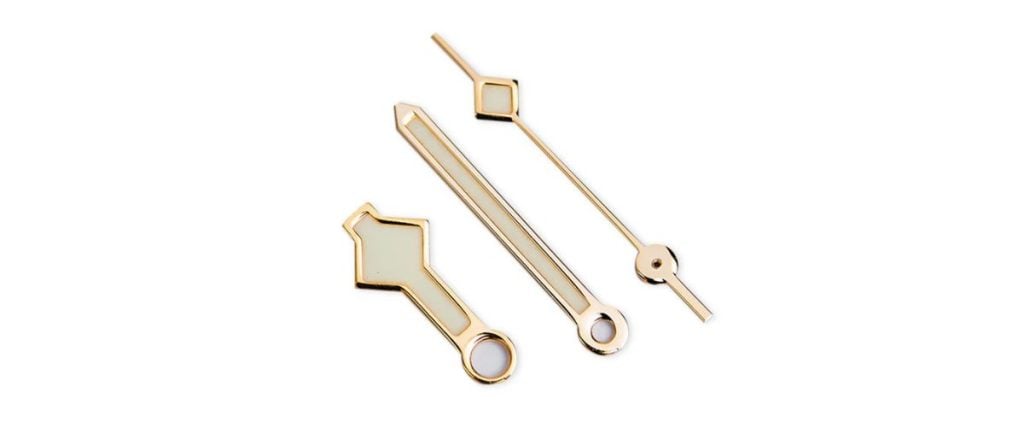
It’s great when a watch with complete purpose can still look simple and straightforward without needing a lot of flamboyant features. Case in point: no salt and pepper is needed for the Black Bay watch.
It has all the Tudor seasoning it needs with a set of snowflake hands – a signature design element that has come to be exclusively associated with the watchmaker. This style of hand made its debut in designs like the Tudor Submariner ref. 7016 and 7021 models. The two watches released during the 1960s featured these hands resembling the segment of a snowflake and became a characteristic encouraged by French military divers at the time.
Combined with a legible sword-shaped minute hand and a set of blocky, angular hour markers and circular indexes, the dial promised incredible readability and afforded a great surface area for the lume. Wherever you are in the world, when you see this handset, you can be certain you’re looking at a Tudor watch since the design element has become a universal feature of Tudor watches.
The Takeaway
Discussing the loaded topic of watch hands can take some time, and with so many different styles to explore, it can become one of the most intriguing facets of watch collecting. While this guide highlights 11 of the most popular styles, it is missing some other classic designs like the spade, the pointer, and the lollipop hand.
Still, by now, you should have a clear indication of what style you like the most. So enjoy exploring our range of luxury watches here at Exquisite Timepieces, where you’re likely to see many examples of these hand styles as you peruse what we have on offer.









